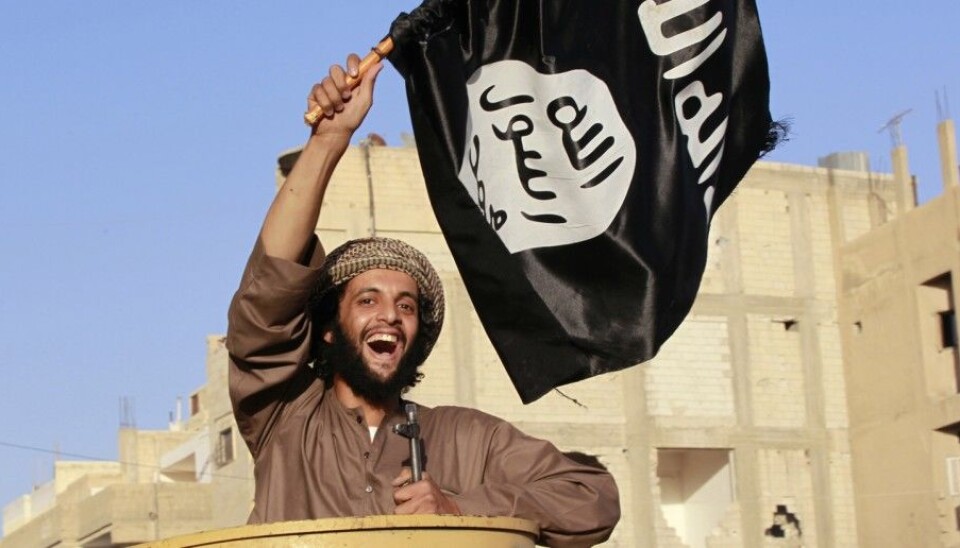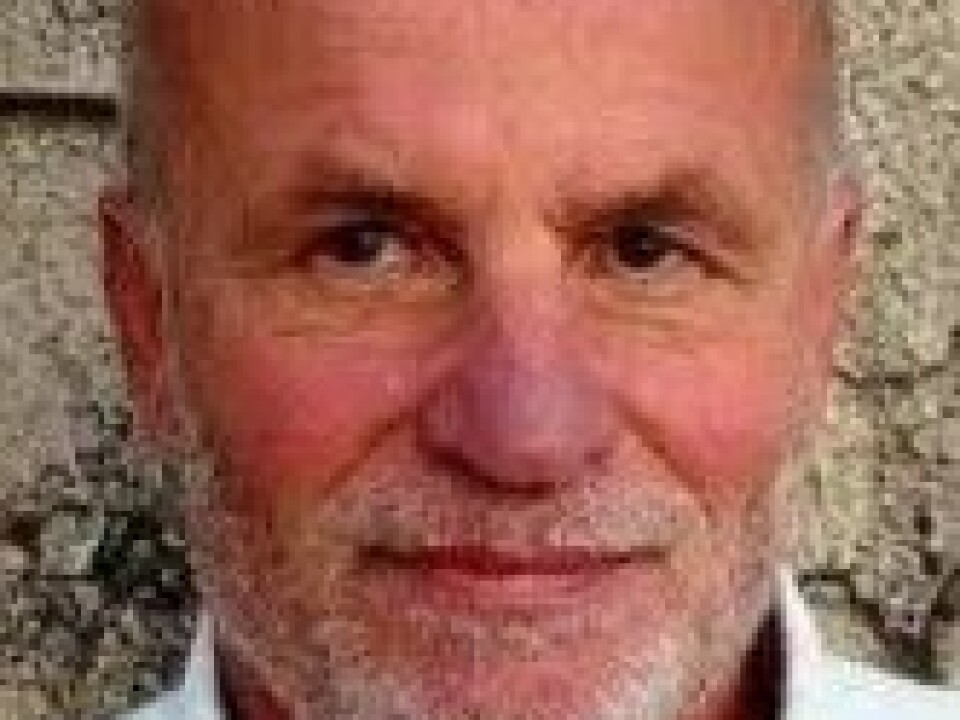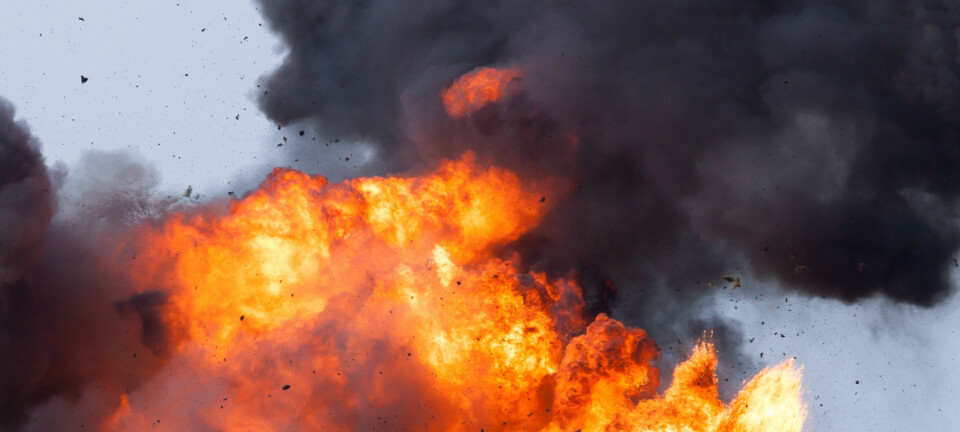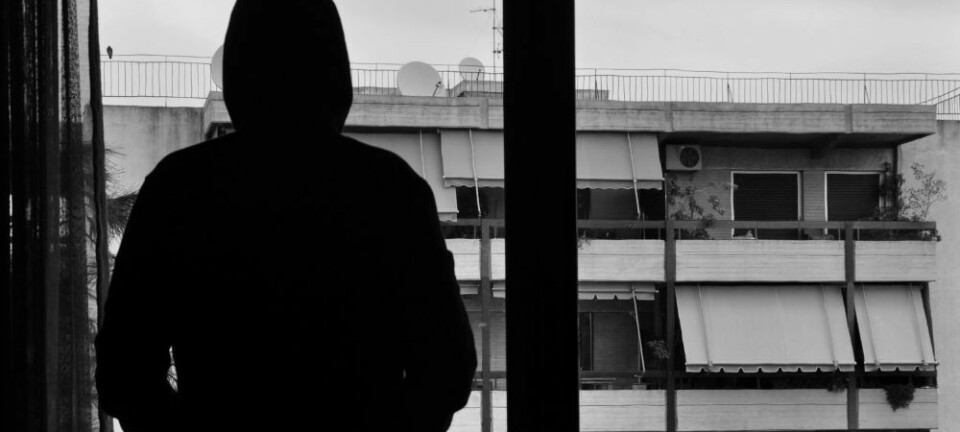
How do Islamic extremists get power in the Middle East?
Jihadism seems to be as strong as ever and looking terribly hard to beat with armed forces.
IS, Al-Qaida and Taliban are just three of many extreme Sunni Islamic groups with military success in recent years.
“This primarily has to do with countries whose political institutions don’t work,” asserts Francois Burgat, a political science professor at the National Centre of Scientific Research (CNRS) in Aix-en-Provence, France.
Middle East researchers at the University of Oslo have aimed a research project on developments in the Middle East and North Africa following the “Arab Spring” in 2011. They collaborated with a comparable French research initiative. The researchers got together recently to present their insights at a University of Oslo conference.
Dreadful dictators
Political institutions comprise a sweeping concept in political science. They can include anything from political parties and courts of law to legislation on property rights and a state that reasonably equitably ensures a distribution of social provisions and wealth.

“As long as the political institutions which should have organised these societies fail to function, this is what we get,” said Francois Burgat, referring particularly to the terror organisation IS.
He points to the Assad family’s presidency and rule of Syria as a prime example of a country where political institutions have broken down.
Burgat also reminded us that we in the West, and France in particular, have supported a number of dreadful dictators – rulers that the people of the Middle East and North Africa have not wanted as their leaders.
Today’s top ideology of revolt
Brynjar Lia is a professor of Middle-Eastern studies at the University of Oslo who researches militant Islamism. He is particularly concerned with the development of militant Islamism, or jihadism, in the Arab World after 2011. He has researched the ways in which groups like IS and Al-Qaida try to gain control of territories and set up something resembling a real state.

After nearly 15 years of international efforts against jihadist terror groups like Al-Qaida and IS, jihadism seems to be as strong as ever. Why has it succeeded?
“The jihadist movement is a transnational revolt which is very hard to fight militarily,” says Brynjar Lia.
“We are witnesses to something that can be curtailed in one place, just to pop up again somewhere else.”
“Moreover, jihadism as an ideology has indisputably become the major ideology of revolt, perhaps in the same way as Marxism it its various forms inspired most revolutionary groups in the Third World a generation ago.”

Brynjar Lia places the growth of IS and the revitalisation of jihadist groups loyal to Al-Qaida partly in connection with how the USA has withdrawn from the Middle East.
“Under Barack Obama the USA has not wanted to continue playing the dominant role in the Middle East which the superpower used to assume. This has given jihadist groups the opportunity to grow, which is something seen most clearly in Iraq.”
The professor points out that another key development is that the jihadist groups have become increasingly professional because of their extensive experience accrued in armed revolts against technologically superior adversaries.
“These are no longer isolated terror cells that operate from hideouts. To a larger degree they are becoming movements with impacts on the societies around them. And they are doing this in ways we haven’t seen before.”
State, emirate, caliphate
Jihadist groups have also succeeding in establishing what they call “states”, “emirates” and “caliphates”.
But researchers call them “proto-states”. These are units that perform some of the basic services expected of a state – like waste disposal, taxation and law enforcement – but in other aspects cannot be called states, especially because they lack international recognition.
IS or Al-Qaida proto-states are now found in both Yemen and Libya. In Somalia, in East Africa, the Al-Qaida-linked jihadist group Al- controlled sizeable parts of the country Shabaab until recently. The best known terrorist rebel group, however, is IS in Syria and Iraq.
Lia has also looked at how IS has tried to export its model of a state to several countries outside of Iraq and Syria.
“They have only succeeded to a limited degree,” asserts Lia.
IS support
Both Brynjar Lia and many other Middle East experts think support to jihadist groups such as IS is rather limited among the general public in the Middle East and North Africa. However, this picture varies from country to country.
Nevertheless, such limited approval or loyalty can sometimes suffice to create a “critical mass” of supporters.
So groups like IS are able to recruit considerable numbers of warriors in the countries they operate within and solicit volunteers from other parts of the world. They also are capable of financing their own activities.
Middle class revolution
The Middle East conference at the University of Oslo also focused on what we perceive as the Arab Spring – the revolutions in countries like Egypt and Tunisia.
A superficial glance might make us think that the Arab Spring of 2011 has turned to winter. But beneath the surface much has changed, claim the researchers in this project.
The main departure from the past is that the middle class in the Middle East and North Africa has risen up against the authoritarian regimes that suppressed them.
This is nothing novel. Many revolutions, starting with the French in 1789, have shown that it is nearly always the middle class that leads the way in social rebellions against the old ruling elite.
This was highly dramatic in the Middle East and North Africa because the region is the least democratic in the world.
Not the revolution of the poor
“The upheavals in the Middle East and North Africa were not social revolutions,” points out Bjørn Olav Utvik, a professor at the University of Oslo. They were not revolutions led by peasants or the poor.”
“The key issue was the middle class and lower-middle class demands for democratic reforms.”
“To understand the Arab Spring we need to be clear that several things were happening simultaneously. The revolt against authoritarian rulers by the middle class was just one aspect. Ethnic conflicts are another important dimension.”
As seen in the dissolution of the former Soviet Union, the authoritarian regimes had for decades put a lid on conflicts between ethnic groups. When this lid was removed, as we have seen in Iraq, the result was bloody conflicts between Shia and Sunni Muslims and between Kurds and Arabs.
In Iraq the Shia majority, which had been oppressed by Hussein’s dictatorship, has now through democratic elections elected a prime minister and gained large control of the state.
The lid is off
A heated topic in the countries of the Middle East for decades has been the West’s involvement in their politics.
“This is controversial but I think the global great powers’ chances for steering developments in this part of the world are now the slimmest since World War II,” says Bjørn Olav Utvik.
Like Brynjar Lia, he points to the USA’s and other great powers’ withdrawal as a potential contributing factors to the extensive unrest in the region. This is an analysis that partly contradicts what we often see and hear in the media, that meddling and involvement by the great powers is responsible for everything going wrong in the Middle East.
Even if the Arab Spring has turned to winter in several countries, Utvik does not predict a complete return to the old authoritarian regimes, despite such tendencies now in Egypt.
He thinks the era of the old, corrupt regimes is over.
“Some are trying to put the lid back on. But they have little chance of success.”
------------------------------------------------
Read the Norwegian version of this article at forskning.no
































